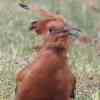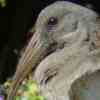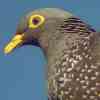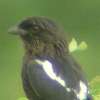
 |
Digiscoping in Southern Africa. |
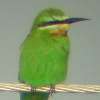 Digiscoping provides birders with the opportunity of capturing some of their experiences and recording some of their sightings cheaply, and without the need to go seriously into photography. I can honestly say that I have never spent any real time trying to get good shots, but have simply captured images in the course of normal birding.
Digiscoping provides birders with the opportunity of capturing some of their experiences and recording some of their sightings cheaply, and without the need to go seriously into photography. I can honestly say that I have never spent any real time trying to get good shots, but have simply captured images in the course of normal birding.  Of course one is unlikely to win any photographic awards like this, but if your main interest is birding, and you would also like to do some casual photography, then digiscoping is for you. The combination of a good quality fieldscope and a digital camera is what digiscoping is all about.
Of course one is unlikely to win any photographic awards like this, but if your main interest is birding, and you would also like to do some casual photography, then digiscoping is for you. The combination of a good quality fieldscope and a digital camera is what digiscoping is all about. 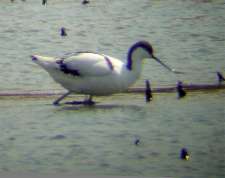 .
.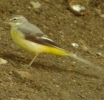 for the naked eye. Then fit the camera, and re-focus the scope until the image in the LCD appears sharp.
for the naked eye. Then fit the camera, and re-focus the scope until the image in the LCD appears sharp. 